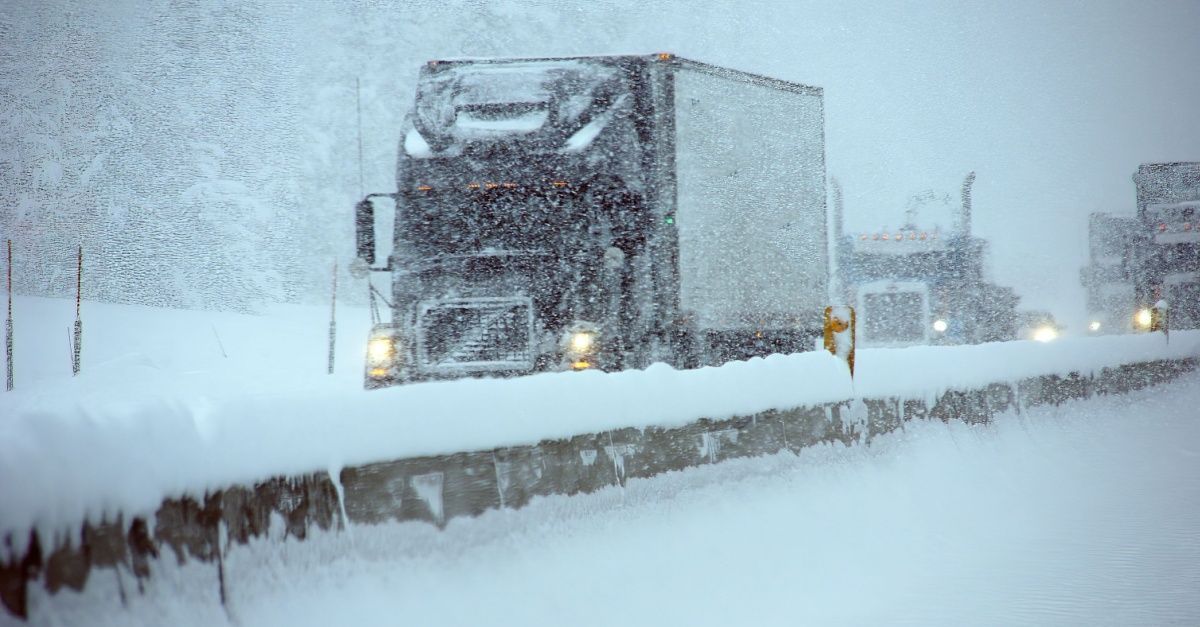Strategic Capacity Planning for Seasonal Peaks in Retail and Manufacturing
Blog Post CTA
Seasonal surges and demand spikes often bring logistical challenges, such as truck scarcity and limited warehouse space, which ultimately lead to delays, higher costs, and lost sales if the shipper is not well prepared. However, by being strategic about capacity planning for seasonal peaks, you can ensure smoother supply chain operations and fewer surprises.
But how do you establish strategic capacity planning for seasonal peaks?
1. Forecasting Demand Accurately
Predicting demand with precision is the first step in preparing for the seasonal peaks. And that can be achieved through studying and analyzing past shipping records. Accurate forecasting enhances the shipper’s ability to anticipate bottlenecks and determine the optimal levels of labor, warehouse space, and truck capacity well in advance of peak seasons.
According to the National Retail Federation,
U.S. retail sales during the 2024 holiday season increased 4% year over year. All things being equal, this means that in 2025, a shipper looking at the previous year’s volumes during holidays or promotions would have a rough baseline to predict demand. However, whatever model you decide to work with, ensure that you factor in external triggers such as trade tariffs, inflation, school calendars, and consumer trends.
2. Building Flexible Transportation Options
Once demand is clear and inventories are arranged, the next step is to determine the transportation mode. Ideally, this mode should be mixed, as relying on a single mode, except in situations in which it is absolutely necessary, can leave your shipping operations vulnerable during seasonal surges. It is typically more prudent to spread demand across full truckload (FTL), less-than-truckload (LTL), and cross-dock setups. The strategy provides more room for your freight to maneuver when demand shifts quickly.
Spot market truck rates can rise by 20-30% during retail shipping peaks. To avoid that, establish agreements with carriers to cover sudden surges, lock in core carriers for stability, and reserve short-term deals for overflow. However, flexibility can reduce exposure to these price swings while maintaining freight movement.
3. Warehouse and Cross-Dock Planning
Even the best transportation plan will fail if goods are left to stall inside the warehouse.
However, an effective cross-docking strategy and scheduling will ensure trucks stay loaded and are constantly on the move. Adopting a warehouse strategy that aligns with your peak season demand and operations can be the difference between meeting and missing customer orders.
To do that, ensure the following:
- Extend operating hours: Add shifts before seasonal surges to reduce congestion.
- Pre-stage high-demand products: Place fast-moving SKUs near dock doors for faster loading.
- Use cross-docking: Transfer inbound goods directly to outbound trucks to save time and space.
- Strengthen communication: Keep dock managers and carriers aligned to avoid long dwell times.
4. Adopting Technology for Real-Time Visibility
One disruption during seasonal peaks can be devastating for the bottom line, which is why visibility tools are embedded well into every trucking operation at EFS. They give you and your freight team the ability to act before potential disruptions become a reality. And even when the event is unavoidable, you can take necessary actions before it spirals out of control.
In the current freight market, every minute counts, and knowing the freight’s location and how it moves is critical. With the right visibility tools and features such as GPS and real-time alerts, shippers can track shipments in real time, reroute quickly, improve communication, and avoid demurrage and detention. For shippers, visibility means fewer missed deadlines during
manufacturing freight challenges.
5. Partnering with a 3PL for Added Capacity
A survey by Armstrong & Associates found that 90% of Fortune 500 companies rely on 3PLs for at least part of their transportation needs. For smaller shippers, this partnership levels the playing field during seasonal spikes.
Ideally, you should work closely with and share information with suppliers and carriers, such as Entourage Freight Solutions. This way, you can align equipment and schedules.
Leveraging the resources of third-party logistics in your capacity planning for peak season provides a safety net because the right 3PL guarantees access to a larger carrier pool, technology platforms, and market knowledge that shippers may lack.
Entourage Freight Solutions is a one-stop third-party logistics solution built to support every aspect of the supply chain operation. By partnering with us for your capacity planning for peak seasons, you have access to:
- Broader carrier network: EFS can tap into thousands of trucks to cover seasonal surges.
- Specialized equipment: From reefers to expedited vans, 3PLs bring resources that are hard to secure on short notice.
- Cost stability: 3PLs negotiate competitive rates across carriers, softening the blow of seasonal price hikes.
- Operational support: A partner can also manage scheduling, tracking, and documentation to reduce stress on internal teams.
Connect with us today.









